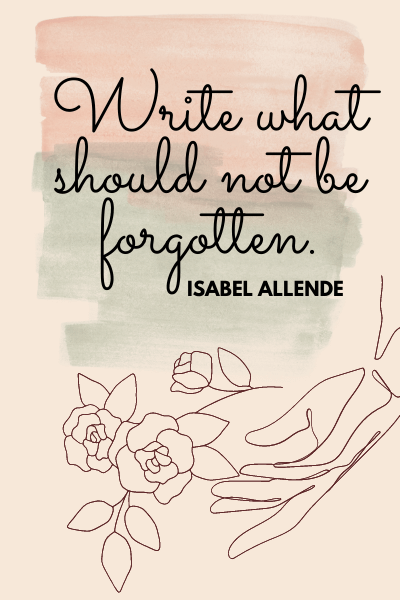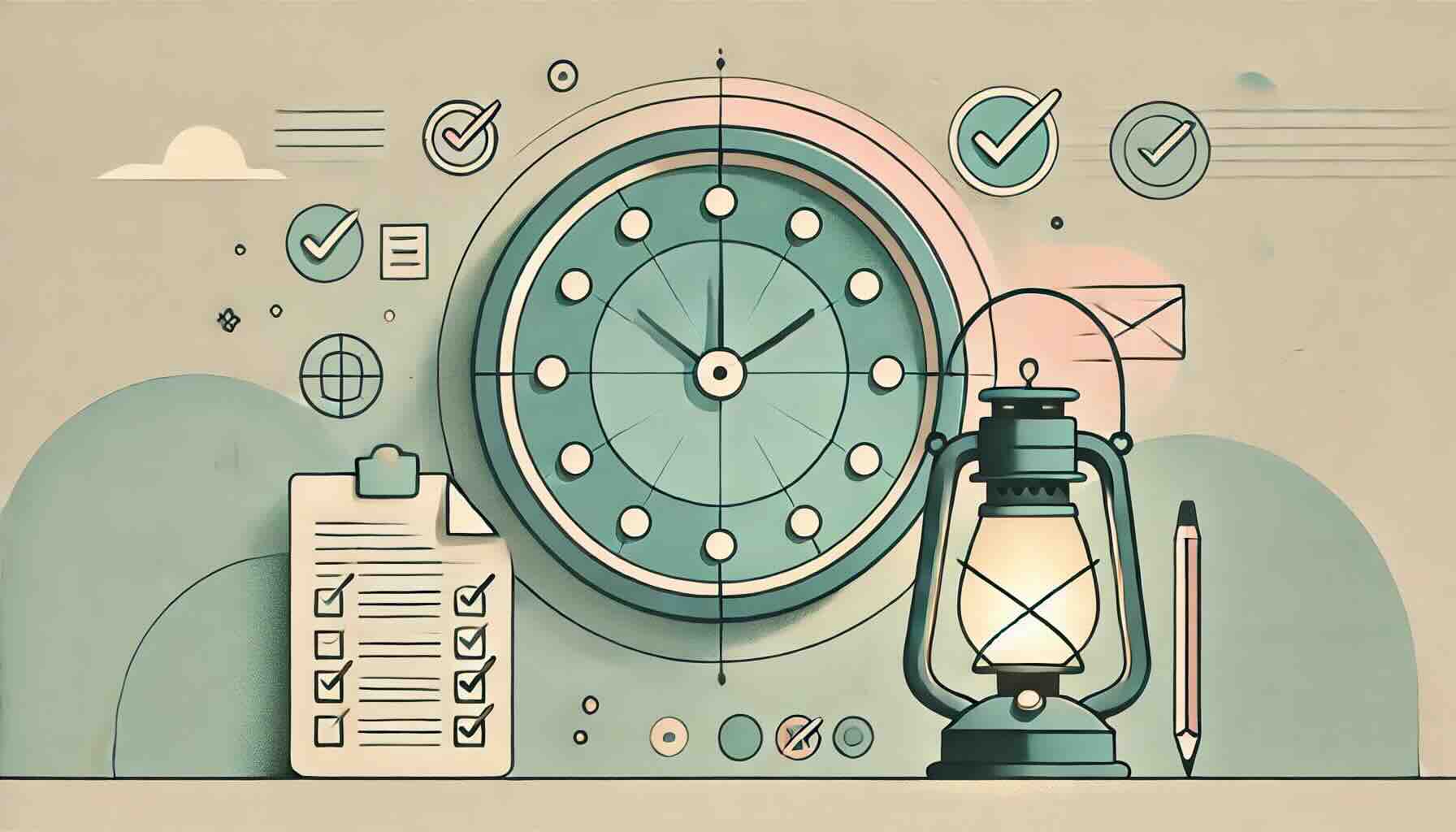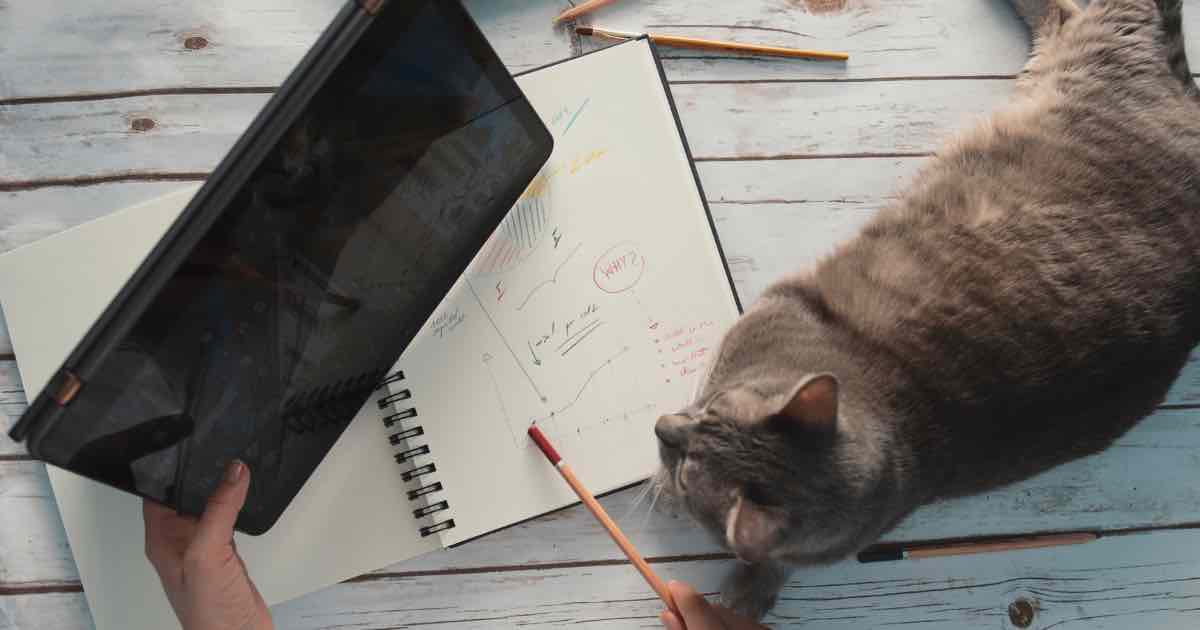In the hustle and bustle of modern life, finding calm can feel like an elusive goal. Between work, family, social obligations, and the ever-present distraction of technology, it’s easy to lose touch with ourselves. However, slowing down and reconnecting with your inner self is not only possible, but it’s essential for mental and emotional well-being. This guide will help you rediscover your sense of calm and learn practical ways to reconnect with who you are.
The importance of slowing down
In a world that glorifies busyness, slowing down is often seen as counterproductive. But in reality, taking time to breathe, reflect, and rest is crucial for long-term well-being. Constant motion without pause can lead to burnout, stress, and a feeling of being disconnected from your own needs and desires.
Slowing down allows you to:
- Gain clarity on what truly matters to you
- Improve mental and emotional resilience
- Make more intentional decisions
- Reconnect with the present moment
The first step toward finding calm is understanding that slowing down is not a sign of laziness or inefficiency. It’s a necessary part of living a balanced life.
Finding calm in the stillness of your day
Carving out moments of stillness in your day can dramatically reduce stress and help you reconnect with yourself. These small pockets of calm don’t require grand gestures—just a few minutes of intentional quiet can make a huge difference.
- Morning meditation: Starting your day with five to ten minutes of meditation can set a peaceful tone for the day ahead. Focus on your breath, or use a guided meditation app if you’re new to the practice.
- Mindful breaks: Throughout the day, take short breaks to focus on your breath, stretch, or simply observe your surroundings. These mindful moments can help you reset and center yourself amid a busy schedule.
- Quiet evenings: Set aside time in the evening to wind down without distractions. Whether you prefer reading, journaling, or simply sitting in silence, this practice can help you process the events of the day and prepare for restful sleep.
Reconnecting with your body
Often, disconnection from ourselves starts with disconnection from our bodies. In a culture that emphasizes mental activity—work, problem-solving, and multitasking—it’s easy to forget that our bodies need care and attention too.
- Practice mindful movement: Engage in activities that make you feel present in your body, like yoga, stretching, or a walk in nature. These movements don’t have to be intense; they just need to bring awareness to your physical self.
- Tune into bodily sensations: Throughout the day, take moments to check in with how your body feels. Are your shoulders tense? Is your breathing shallow? These simple awareness checks can help you release physical stress and become more in tune with your body’s needs.
- Rest and nourish: Listen to your body’s signals for rest, nourishment, and hydration. Eat mindfully, sleep adequately, and honor your body’s natural rhythms without pushing beyond your limits.
Unplugging from distractions
One of the biggest barriers to slowing down and reconnecting with ourselves is the constant presence of digital distractions. Notifications, social media, and emails pull us out of the present moment, making it harder to focus on our own inner world.
- Designate tech-free times: Establish times during the day where you completely disconnect from screens. This could be during meals, in the hour before bed, or for an afternoon each week. These moments without digital distractions will allow you to focus on real-life experiences.
- Set boundaries: Clearly define when and how you use technology. Turn off non-essential notifications, limit social media usage, and avoid checking emails outside of work hours. These boundaries will help protect your peace and allow you to be more mindful in your interactions.
- Engage in offline activities: Reconnect with hobbies or activities that don’t involve screens. Whether it’s painting, gardening, reading, or cooking, these offline moments allow you to be present and immerse yourself in creative or relaxing experiences.
Finding calm through self-awareness
True reconnection with yourself comes through self-awareness—knowing who you are, what you want, and how you feel. Cultivating this awareness requires intentional reflection and honesty with yourself.
- Journaling: One of the best ways to deepen self-awareness is through journaling. Write freely about your thoughts, feelings, and experiences. This practice can help you gain clarity on what’s going on inside your mind and heart, allowing you to reconnect with your authentic self.
- Daily check-ins: Set aside time each day to ask yourself how you’re feeling. Are you stressed? Happy? Anxious? Checking in with your emotions helps you understand your current state and make adjustments to find calm.
- Embrace imperfection: Self-awareness doesn’t mean you’ll have all the answers or be perfect. It’s about recognizing where you are in the moment and accepting that it’s okay to feel uncertain, tired, or even lost. By acknowledging and accepting these feelings, you’ll be able to find peace even in imperfect moments.
The power of gratitude
Gratitude is a powerful tool in slowing down and finding calm. When we focus on what we’re grateful for, we naturally shift our attention away from stress and towards positivity and contentment.
- Gratitude journaling: Every day, write down three things you’re grateful for. They don’t have to be big things—sometimes, it’s the small moments that bring the most joy. This practice helps you focus on the good in your life, even during challenging times.
- Mindful gratitude: Throughout the day, take moments to silently appreciate the things around you. Whether it’s a warm cup of tea, a beautiful view, or a kind word from a friend, acknowledging these small joys can help you stay grounded and calm.
Creating a peaceful routine
To truly embrace a slower, calmer life, it’s important to establish routines that support this mindset. A peaceful routine isn’t about packing your day with activities, but rather about creating a rhythm that feels supportive and restorative.
- Morning ritual: Begin your day with intentionality. Whether it’s a morning stretch, quiet reflection, or a mindful cup of coffee, creating a morning ritual that grounds you will set a peaceful tone for the rest of the day.
- Evening wind-down: Establish a calming evening routine to help you transition from the busyness of the day to restful sleep. This might include turning off screens, taking a warm bath, or practicing gratitude.
- Balance work and rest: Throughout the day, alternate between focused work and restful breaks. This balance helps you maintain energy and calm, preventing burnout and allowing you to reconnect with yourself throughout the day.
Conclusion: Rediscovering your inner calm
In a world that moves so fast, slowing down and reconnecting with yourself is a radical act of self-care. By creating moments of stillness, unplugging from distractions, reconnecting with your body, and cultivating self-awareness, you can achieve finding calm and live a peaceful and fulfilling life. It’s not about perfection but about progress—taking small steps each day to nurture your mind, body, and soul.











































